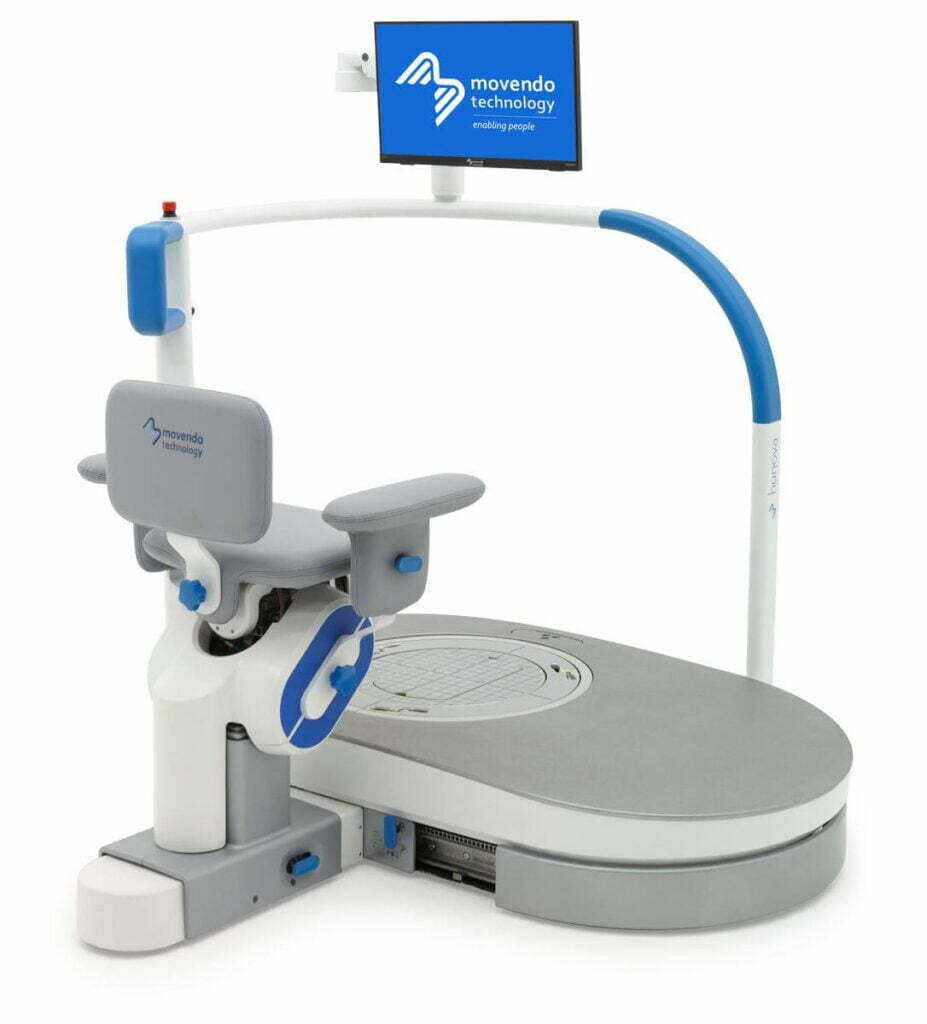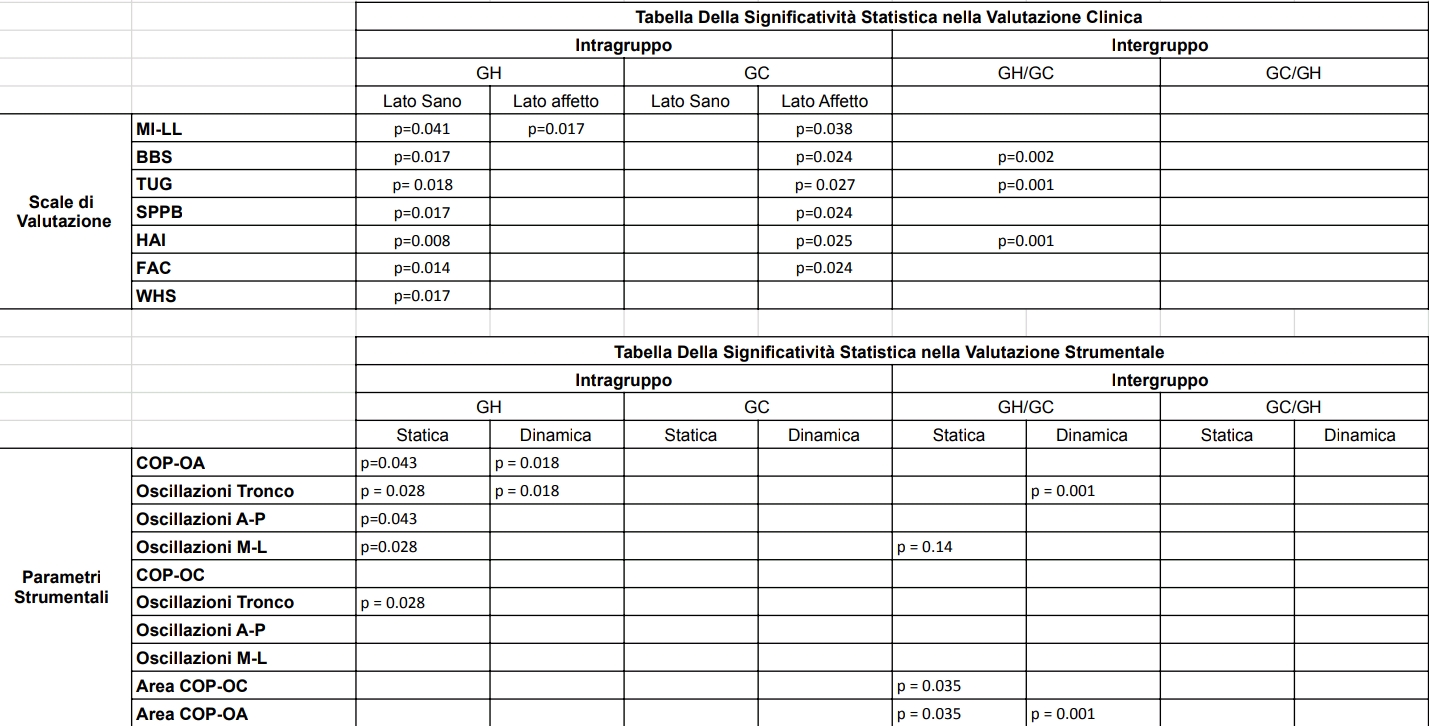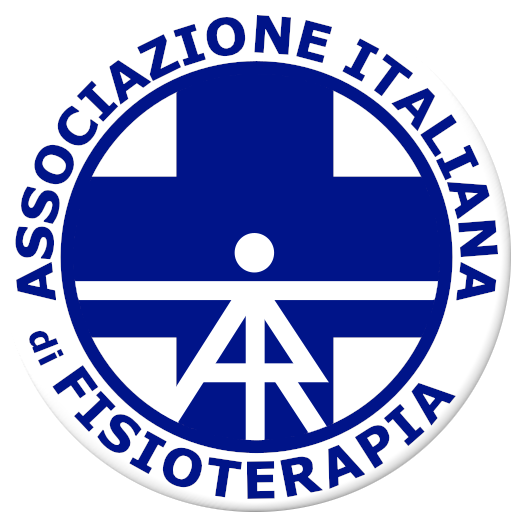Efficacia della riabilitazione robotica dell’equilibrio nel paziente anziano con esisti di stroke.
Effectiveness of Robotic Balance Rehabilitation in Elderly Patients with Stroke Outcomes
Introduction
Stroke is one of the major socio-health problems, the second leading cause of death, and the primary cause of disability worldwide. Due to the aging of the population, the incidence of this condition is constantly increasing, leading to a rise in the demand for care. In recent years, the rehabilitation landscape has been enriched with new technologies to improve the quality and efficiency of functional recovery after an acute event. Regarding balance, in particular, a robotic device has been developed for the functional sensorimotor evaluation and rehabilitation of lower limbs and trunk. Literature works have shown how this tool, the Hunova® robotic platform, is effective in balance rehabilitation for adults with stroke outcomes. The aim of this study is to evaluate the effects of technological rehabilitation using the Hunova® robotic platform on static and dynamic balance in a group of elderly patients with stroke outcomes
Methods
12 elderly patients with stroke outcomes were randomized into two groups: the experimental group (GH) received specific balance disorder rehabilitation on the Hunova® platform for 45 minutes per day, 3 days a week, for 4 weeks, in addition to conventional rehabilitation treatment; the control group (GC) only received the rehabilitation treatment as planned in the rehabilitation project. All patients were clinically and instrumentally assessed at the beginning (T0) and the end (T1) of the treatment. The assessment included the Motricity Index Lower Limb (MI-LL), the Berg Balance Scale (BBS), the Time Up&Go (TUG), Short Physical Performance Battery (SPPB), the Hauser Ambulation Index (HAI), the Functional Ambulation Classification (FAC), and the Walking Handicap Scale (WHS). The instrumental assessment of balance was performed using the Hunova® robotic platform, both in static and dynamic conditions
Results
Intra-group analysis in GH shows significant improvement in the MI-LL on both the affected and unaffected sides, and in GC for the MI-LL,TUG,BBS,SPPB,HAI,FAC and WHS on the affected side. Between the groups there is greater improvement in GH compared to GC in the TUG,BBS and HAI. Instrumental assessment reveals statistically significant differences in GH under static conditions with open eyes(OA), in CenterOfPressure(COP) displacement, and in trunk movements; for the closed-eye(OC) evaluation significant differences are observed in trunk movements. Dynamic assessment there is improvement in COP displacement during OA and in trunk movements.Intergroup analysis in static evaluation there is greater improvement in GH compared to GC in COPAreaOC, COPAreaOA and M-L range of trunk oscillations during OA. In dynamic evaluation with OA improvements are seen in COPArea and trunk movement quantity
Discussion and Conclusion
From an analysis of preliminary data, it emerges that the group of elderly patients with stroke outcomes who underwent technological balance treatment using the Hunova® robotic platform in combination with conventional therapy, showed greater improvement in both static and dynamic balance, with eyes open and eyes closed, compared to the group that underwent conventional rehabilitation alone
REFERENCES
Langhorne P, Coupar F, Pollock A. Motor recovery after stroke: a systematic review. Lancet Neurol. 2009; 8, 741-54.


